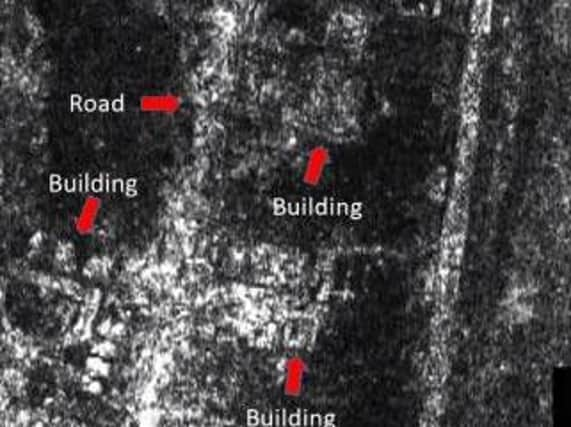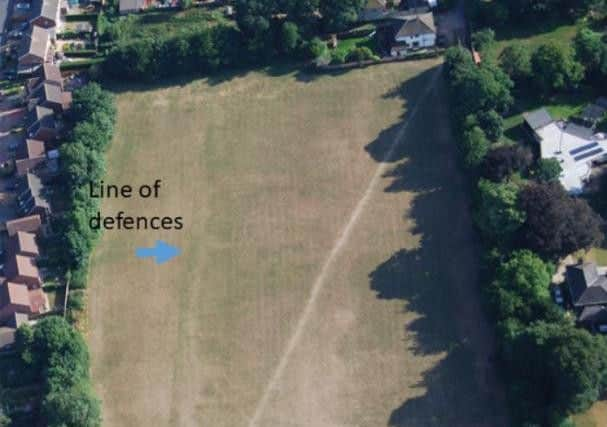Lost Roman town discovered in East Yorkshire


Using ground penetrating radar (GPR) outlines of stone built structures have turned up underneath modern-day Brough, in East Yorkshire, which was known to the Romans as Petuaria.
Lead archaeologist Dr Peter Halkon, a senior lecturer in archaeology at the University of Hull, hailed the results as being of “national significance.”
Advertisement
Hide AdAdvertisement
Hide AdHe said: “The GPR results are amazing, revealing some imposing Roman buildings and many other structures.


“Although much work is needed to thoroughly understand the survey results, what we have seen already will change our opinion of this site completely and provide important new evidence to our understanding of Roman Britain.”
Dr Halkon said Roman activity had been known on the site for years, and there had been excavations since the 1930s, revealing a Roman fort and walled enclosure, however it was the first time "anything like the true plan of the town and its buildings had been found."
The GPR survey of Burrs playing field in the town centre, by computer programmer David Staveley, penetrated to a depth of around two metres under a football pitch, revealing for the first time buildings worthy of a man called Marcus Ulpius Januarius, a town councillor responsible for public buildings and amenities.
Advertisement
Hide AdAdvertisement
Hide AdAn inscription recorded his gift of a new theatre stage around AD140. The hope is further analysis of the results will reveal the whereabouts of the lost theatre.
The scan also revealed later Roman walls and ditches, a large building round a courtyard and many smaller buildings along a regular street pattern.
Inspector of Ancient Monuments at Historic England Keith Emerick said the community-based project had delivered “spectacular results and confirms what we suspected about the central role that Brough played in Roman Britain.”
The Petuaria ReVisited Project is run through the Elloughton cum Brough Playing Field Association (PFA).
Advertisement
Hide AdAdvertisement
Hide AdIt has attracted sponsorship from local firms including BAE Systems, Barrett Homes and the Horncastle Group.
The Centurion Club, members of the public who join by giving £100 each towards the cost of this project, has provided further funding.